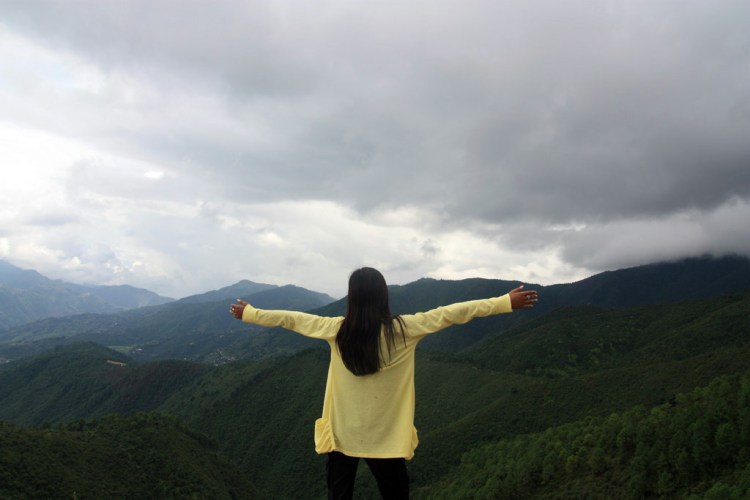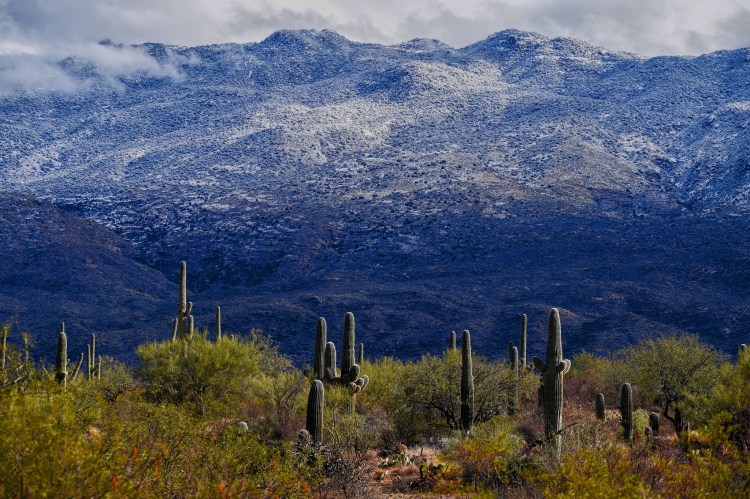
It’s been a long wait, but my master’s thesis is finally available for public download.
I summarized what my thesis is all about in this post. Essentially, I took two different types of wildlife television programs – Planet Earth II and Wild SafariLIVE – and compared the media frames within them. Media frames are messaging patterns that highlight certain aspects of reality at the expense of others, thereby encouraging audiences to think of issues or subjects in particular ways.
To identify media frames (henceforward: frames), I selected three episodes from Planet Earth II and Wild SafariLIVE and dissected them in fine detail. I then took the deconstructed “filmic elements” of episode content and grouped them into different framing functions based on Entman’s (1993; 2007) writing. These filmic elements included dialogue, music, sound effects, visuals, and the nonverbal behaviors of presenters.

Once I had determined the frames in each television series, I had to figure out what they did for environmental conservation – if anything. Luckily, a group of researchers with the Public Interest Research Centre (PIRC) had performed a similar study with textual documents. They took a sample of outreach materials from 13 United Kingdom conservation organizations, identified the frames within them, theorized about which universal human values where most directly linked to those frames, and then drew on social psychological literature to say how those values might impact behaviors and attitudes of relevance for conservation.
Since Blackmore, Underhill, McQuilkin, Leach, and Holmes (2013) at the PIRC had already developed a list of environmental frames and started to think about how they might affect conservation-related attitudes and behaviors, I partially followed their example and extended it to wildlife television.
But simply connecting my frames to universal values wasn’t enough. My advisor pushed me to relate my thesis to broader, society-level problems, which I was initially reluctant to do. Fortunately, I had just finished reading Beyond Survivorman by Les Stroud. One of the central themes in this book is “connectedness to nature;” and, feeling inspired, I decided to use my thesis to explore this theme in more depth.

Connectedness to nature is a psychological concept – which researchers can actually measure – that describes the degree to which an individual feels that they’re part of the natural world. It correlates with a host of attitudes and behaviors that matter for conservation, which I describe in more detail in my thesis.
To link my thesis to connectedness to nature, I read as much as I could about the topic and identified factors that previous authors thought might increase one’s connectedness to nature. Then, using my framing results and more general features of Planet Earth II and Wild SafariLIVE, I made general claims about how each program might influence viewers’ connectedness to nature.
My ultimate findings were complicated. I’m slightly more optimistic about SafariLIVE’s frames than Planet Earth II’s, and I feel that the former program has a better chance of improving audience members’ connectedness to nature than the latter, but I contend that both Planet Earth II and Wild SafariLIVE are likely to do more good than ill for conservation. I must also stress that my thesis is very exploratory, and all of my claims will remain tentative until someone tests them using experimental design.

Now that I’ve blabbered on for eternity, here’s the link to my thesis. But before you read it, some notes:
- When you download the PDF, don’t be frightened by the 257-page count: the body of the report is only ~78 pages long, and the remaining 179 pages are references and appendices.
- There’s an error on page 74. Towards the end of the first paragraph, I say that WildEarth TV (the company that produces SafariLIVE) recently hired two Native-African, as opposed to European-African, guides. While I was writing my thesis WildEarth hired several new guides, some of whom were Native-African, making the “two” figure incorrect; by the time I realized my mistake it was too late to change it.
- I wrote my thesis using first-person pronouns to limit my reliance on passive voice. I know this is taboo for academia, but oh well.
- Feel free to share my thesis with whomever you wish.
Once again, here’s the link to my thesis. If you have trouble downloading the PDF, let me know and I’ll send you a copy. If you have any questions about anything, please don’t hesitate to ask.
Got it and thanks for post Josh.
LikeLiked by 1 person
Thanks for downloading it, David!
LikeLike
Ps. Will printout abd read in comfort with beer. , 🍺
LikeLiked by 1 person
Haha, that sounds like a great idea!
LikeLiked by 1 person
Definitely going to read it! I think it’s funny that you say “only 78 pages” though 😂. Theses by people in the humanities are soooo long.
There seems to be a difference watching nature shows with humans in them versus ones with a lot of drone shots over the Serengeti and whatnot. One feels removed, the other doesn’t. Are other people talking about this idea of nature in media?
LikeLiked by 1 person
Haha tell me about it! Humanities papers can go on forever and be very dense! I think that’s partially because they’re usually about verbal as opposed to quantitative reasoning, which requires more words to explain. As you’ll see though, I still found a way to bring some basic mathematics into my thesis, mostly because I think math is fun :D Well, sometimes…
Yes, there’s a huge difference between ‘blue chip’ and ‘presenter-led’ programs. In the former series nature is something separate from humans that exists to be looked at, whereas in the latter nature is something to be explored and directly experienced.
There are a few people talking about nature in the media, but not very many. Most papers I’ve seen are even more humanities-ish than mine, meaning that they mostly critique nature-related media for endorsing capitalism and other harmful power structures. And as far as I know, there aren’t many other people focusing on ‘new’ media like Wild SafariLIVE.
LikeLiked by 1 person